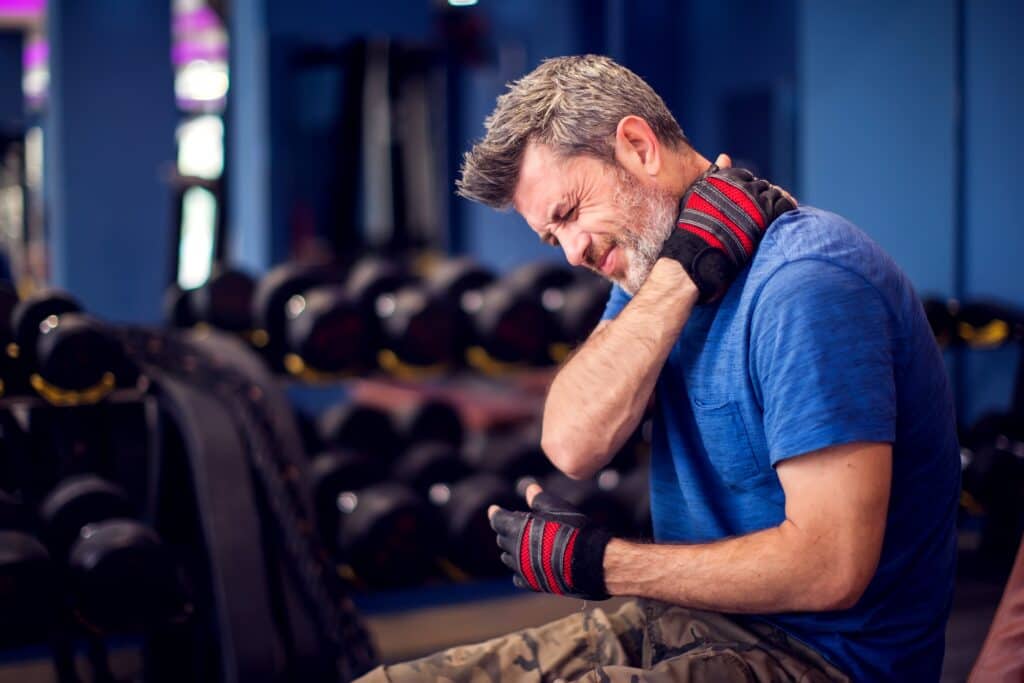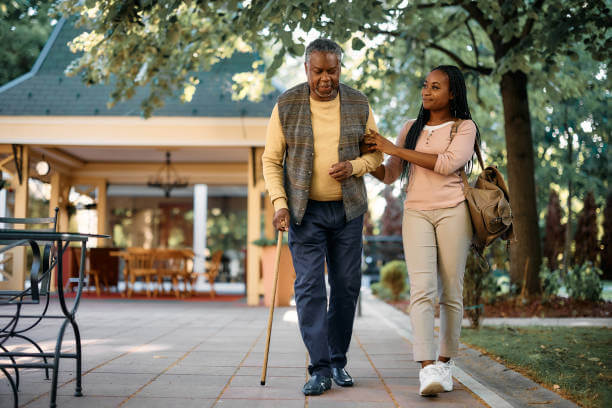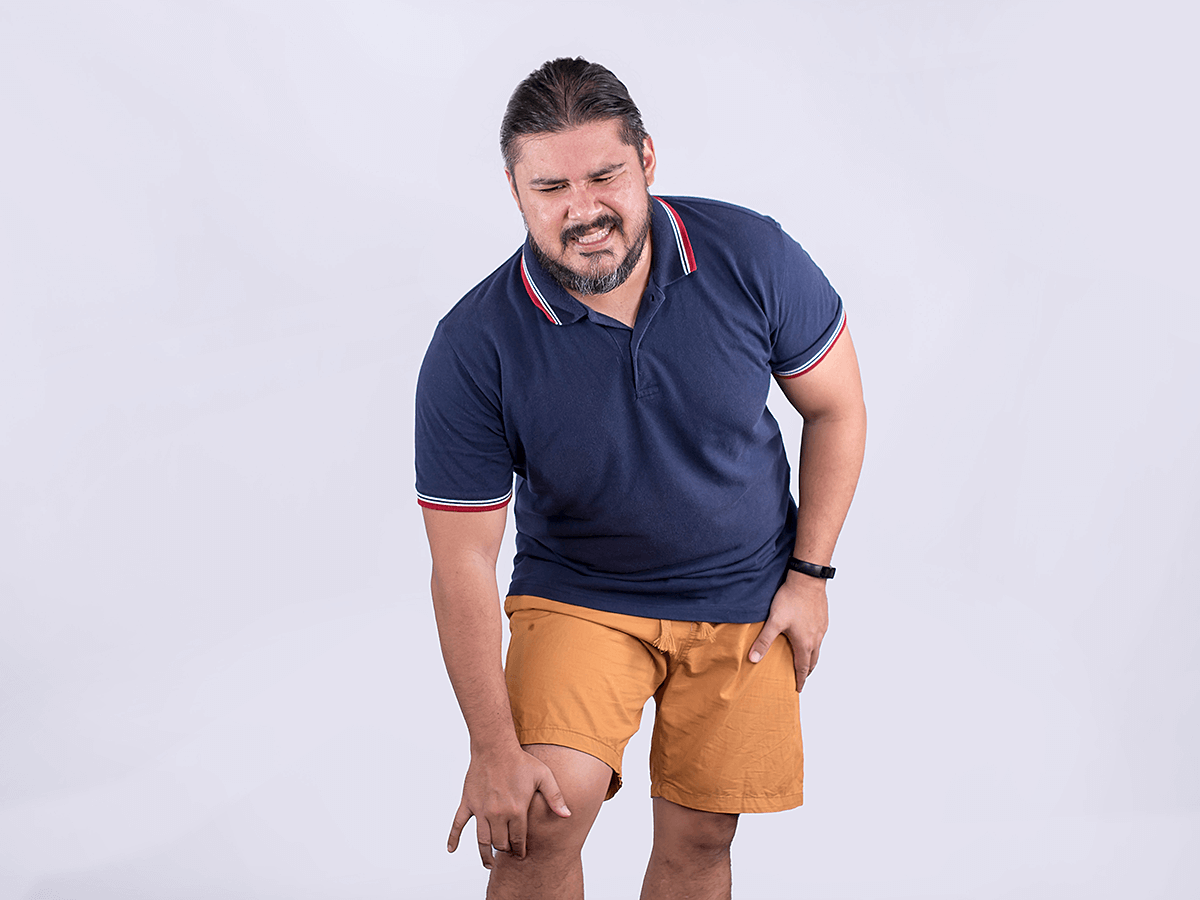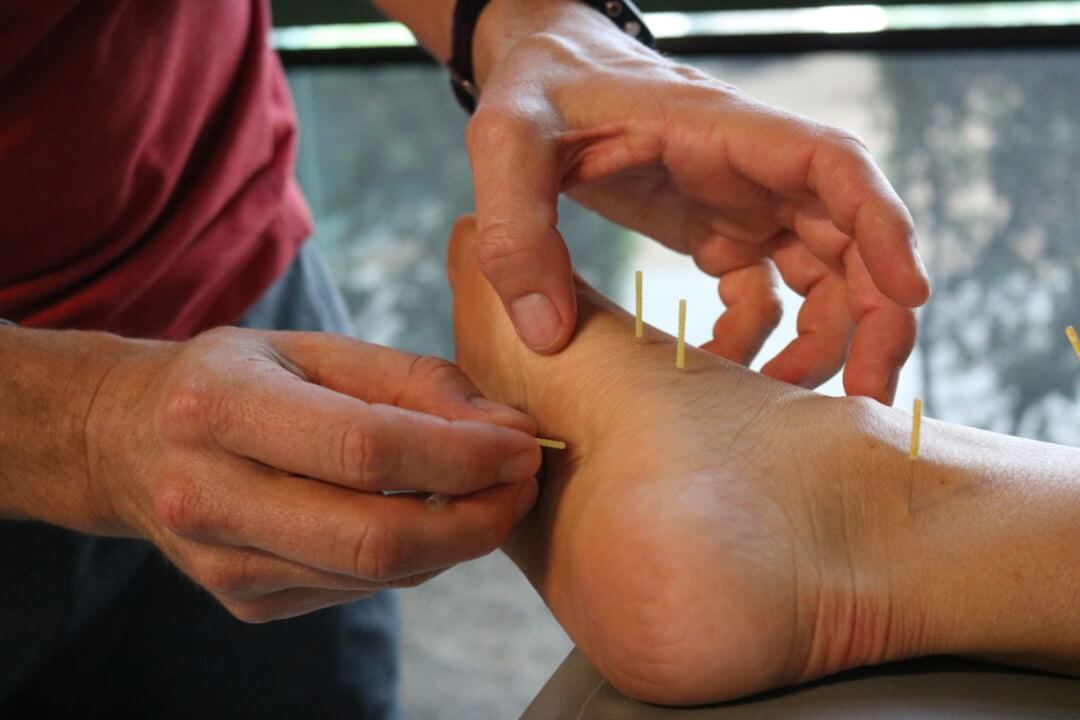Piriformis syndrome is a condition where the piriformis muscle, located in the buttocks, becomes tight or spasms, putting pressure on the sciatic nerve. This pressure can cause pain, tingling, or numbness that radiates down the leg, mimicking symptoms of sciatica. Often exacerbated by prolonged sitting, physical activity, or muscle imbalances, piriformis syndrome can be diagnosed
Health Blog

Heel & Calf Pain When Running? This May Be Why
September 12th, 2024Achilles tendinopathy is characterized by pain and stiffness along the Achilles tendon, which connects the calf muscles to the heel bone. Symptoms often include localized pain, particularly during or after physical activities like running or climbing stairs, and sometimes a noticeable swelling or thickening of the tendon. Patients might experience morning stiffness or pain that

How To Resolve Lower Neck Pain Using Physical Therapy
September 4th, 2024Pain in the lower aspect of the neck can arise from a variety of causes. Often, it results from muscle strain due to poor posture, excessive computer use, or carrying heavy loads. Conditions such as cervical spondylosis, which involves age-related changes in the cervical spine, and herniated discs that press on nearby nerves can also

Having Difficulty With Walking? Physical Therapy Can Help
August 28th, 2024When healthy, it’s easy to take our ability to walk without difficulty for granted. We may be able to walk several hours without issue. However, as our habits change and as we age, we may notice greater difficulties with walking even shorter distances. People can develop difficulty with walking due to a number of reasons,

Understanding Degenerative Changes in the Knee
August 20th, 2024Often in x-ray or MRI results, the written report may state that there are degenerative changes observed in the structures of the knee. Degenerative changes in the knee can be a source of discomfort and reduced mobility for many individuals, especially as they age. These changes can result from wear and tear over time, leading

Restoring Normal Function After Back Surgery
August 15th, 2024Spinal surgery encompasses a range of procedures tailored to address various symptoms and underlying conditions of the spine. For instance, discectomy involves the removal of a herniated disc that is pressing on nerves, alleviating symptoms like pain, numbness, or weakness in the arms or legs. Laminectomy, another common procedure, involves removing a portion of the

Waking Up With Neck Pain? You May Be Experiencing Facet Syndrome
August 7th, 2024Facet syndrome in the cervical spine refers to the condition where the facet joints, which are the small stabilizing joints located between the vertebrae in the neck, become inflamed or degenerate. This condition can result from wear and tear over time, prolonged positioning, or from sudden injury. Symptoms typically include localized neck pain, stiffness, and

Overcoming SI Pain With Physical Therapy
July 25th, 2024Sacroiliac (SI) pain, often described as a dull ache or sharp pain in the lower back and buttocks region, stems from dysfunction or inflammation in the sacroiliac joints. These joints, connecting the sacrum and iliac bones, are crucial for transmitting forces between the spine and legs during movement. Common causes of sacroiliac pain include injury,

5 Ways to Minimize Fall Risk at Home
July 10th, 2024Ensuring a safe environment at home is crucial, especially for those seeking to prevent falls. In this blog post, we’ll explore five practical ways to minimize fall risk and promote a secure living space. Clear Pathways: One of the simplest yet most effective measures is to declutter living spaces. Remove any obstacles or items that



